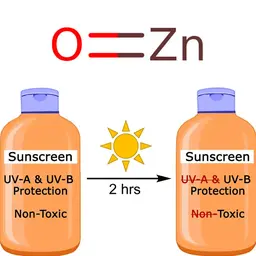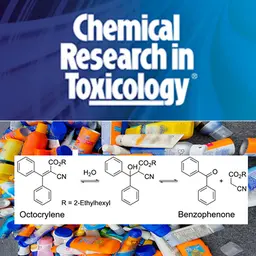
Three studies, published in the July issue of the Journal Food and Chemical Toxicology, explore the toxicity of different essential oils and their constituents. One is related to essential oils in microemulsion, the other two to farnesol and five species of Nepeta (cat mint).
Microemulsions of essentials oils – Increase of solubility and antioxidant activity or cytotoxicity?
Abstract
Essential oils (EO) possess a wide range of biological activities. However, their application in aqueous media is often limited due to their hydrophobicity and volatile character. This study was designed to prepare stable, water-dilutable microemulsions (ME) containing essential oils of citronella (Cymbopogon nardus (L.) Rendle), mint (Mentha x piperita L. ‘Multimentha’) and eucalyptus (Eucalyptus globulus Labill.) and to evaluate their in vitro antioxidant and cytotoxic properties. The comparison of cytotoxicity of EO solubilised in microemulsions and in dimethyl sulfoxide as well as the recovery of volatiles from cells culture medium over time was also performed. The clear ME were obtained in a range between 10% and 50% of aqueous phase for citronella EO and up to 60% of aqueous phase for mint and eucalyptus EO, in all ratios of Tween 80 to oil phase (from 5:1 to 9:1). Microemulsions of EO (EO/ME) showed higher antioxidant activity compared to EO. The increase in activity was 13.96%, 22.25% and 45.60% for eucalyptus, mint and citronella EO, respectively. The analysis of cytotoxicity profiles of EO/ME and EO/DMSO in Vero and HeLa cell lines showed differences in activity, however, they …













